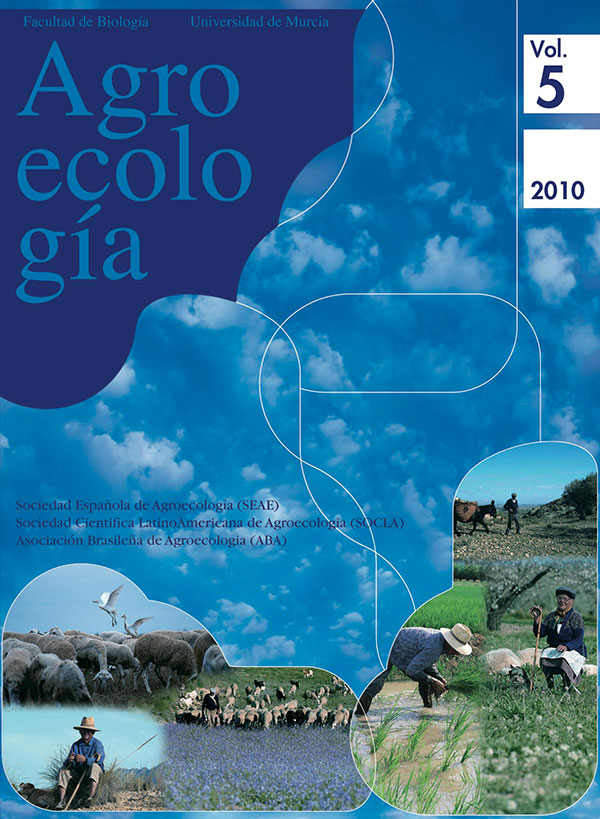Ecological Complexity and Pest Control in Organic Coffee Production: Uncovering an Autonomous Ecosystem Service
Abstract
Those who practice organic or traditional agricuture have the sense that the biodiversity within their farms offers ecosystem services that contribute to the stability, productivity and sustainability of their systems. However, due to their complexity, ecological interactions are very dificult to tease out empirically,especially when these interactions are embedded in complex networks.The science of complexity offers a new platform to help us tease out those complex intercations and their consequences for agroecosystems. Recent studies that incorporate complex networks, non-linearities, stochasticity and, in particular, an added spacial dimension, reveal persistant ecological systems that generate ecosystem services as a result of ecological interactions. Here we describe our theoretical and empirical research of a complex interaction network that has an effect on at least four coffee pests, the coffee berry borer, the gree coffee scale, the coffee rust and the coffee leafminer.Downloads
Las obras que se publican en esta revista están sujetas a los siguientes términos:
1. El Servicio de Publicaciones de la Universidad de Murcia (la editorial) conserva los derechos patrimoniales (copyright) de las obras publicadas, y favorece y permite la reutilización de las mismas bajo la licencia de uso indicada en el punto 2.
2. Las obras se publican en la edición electrónica de la revista bajo una licencia Creative Commons Reconocimiento-NoComercial-SinObraDerivada 3.0 España (texto legal). Se pueden copiar, usar, difundir, transmitir y exponer públicamente, siempre que: i) se cite la autoría y la fuente original de su publicación (revista, editorial y URL de la obra); ii) no se usen para fines comerciales; iii) se mencione la existencia y especificaciones de esta licencia de uso.
3. Condiciones de auto-archivo. Se permite y se anima a los autores a difundir electrónicamente las versiones pre-print (versión antes de ser evaluada) y/o post-print (versión evaluada y aceptada para su publicación) de sus obras antes de su publicación, ya que favorece su circulación y difusión más temprana y con ello un posible aumento en su citación y alcance entre la comunidad académica. Color RoMEO: verde.





